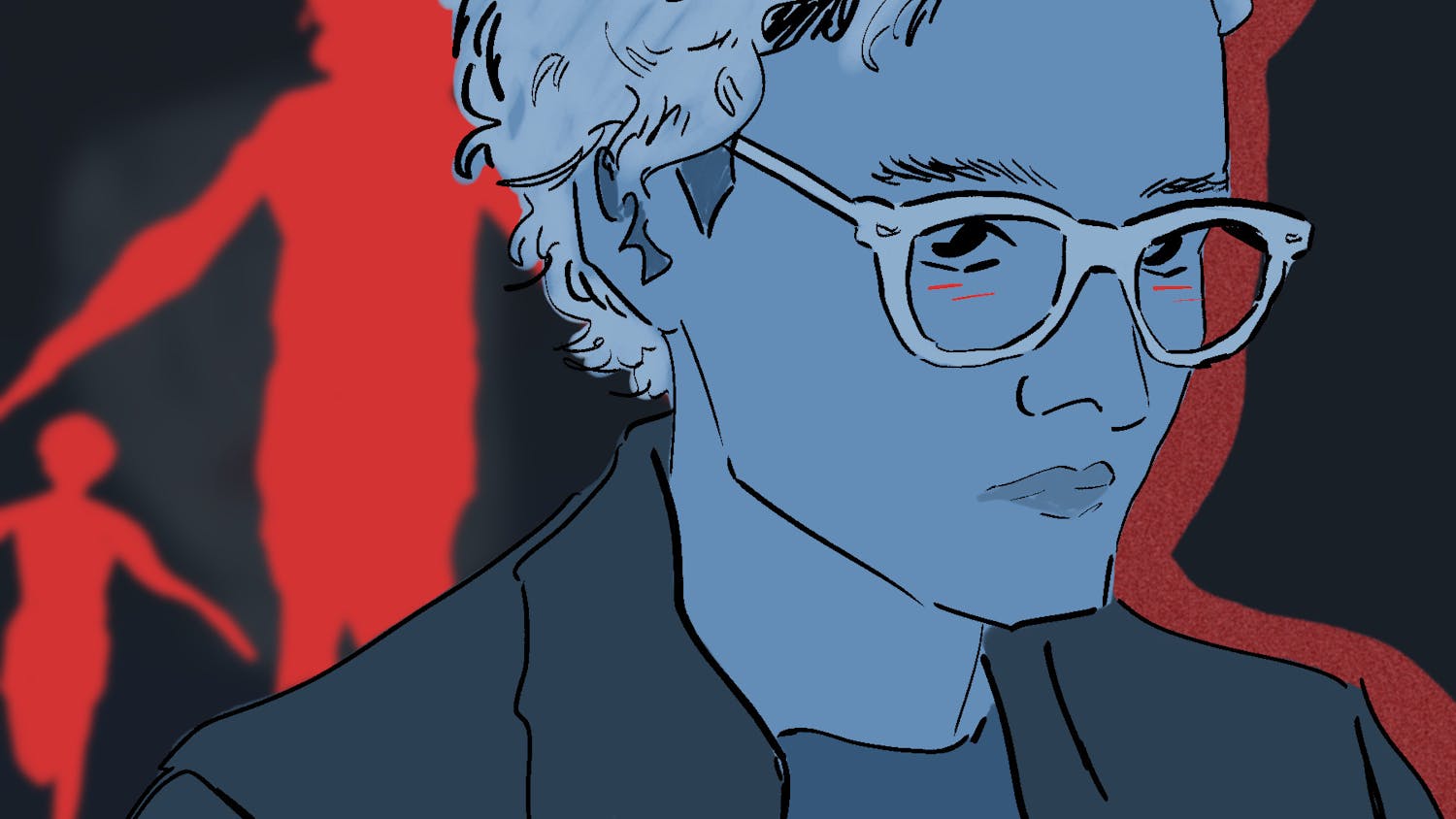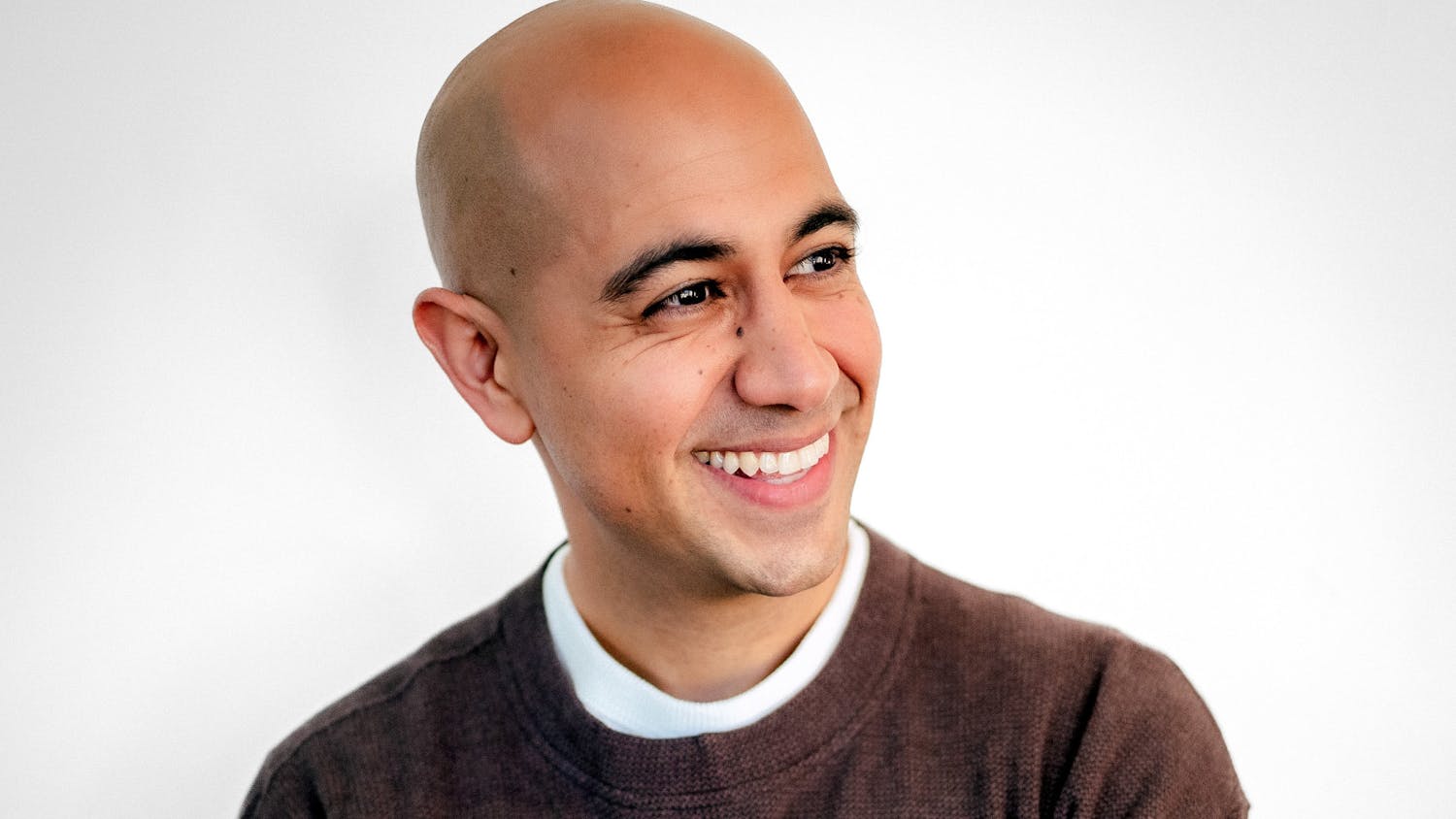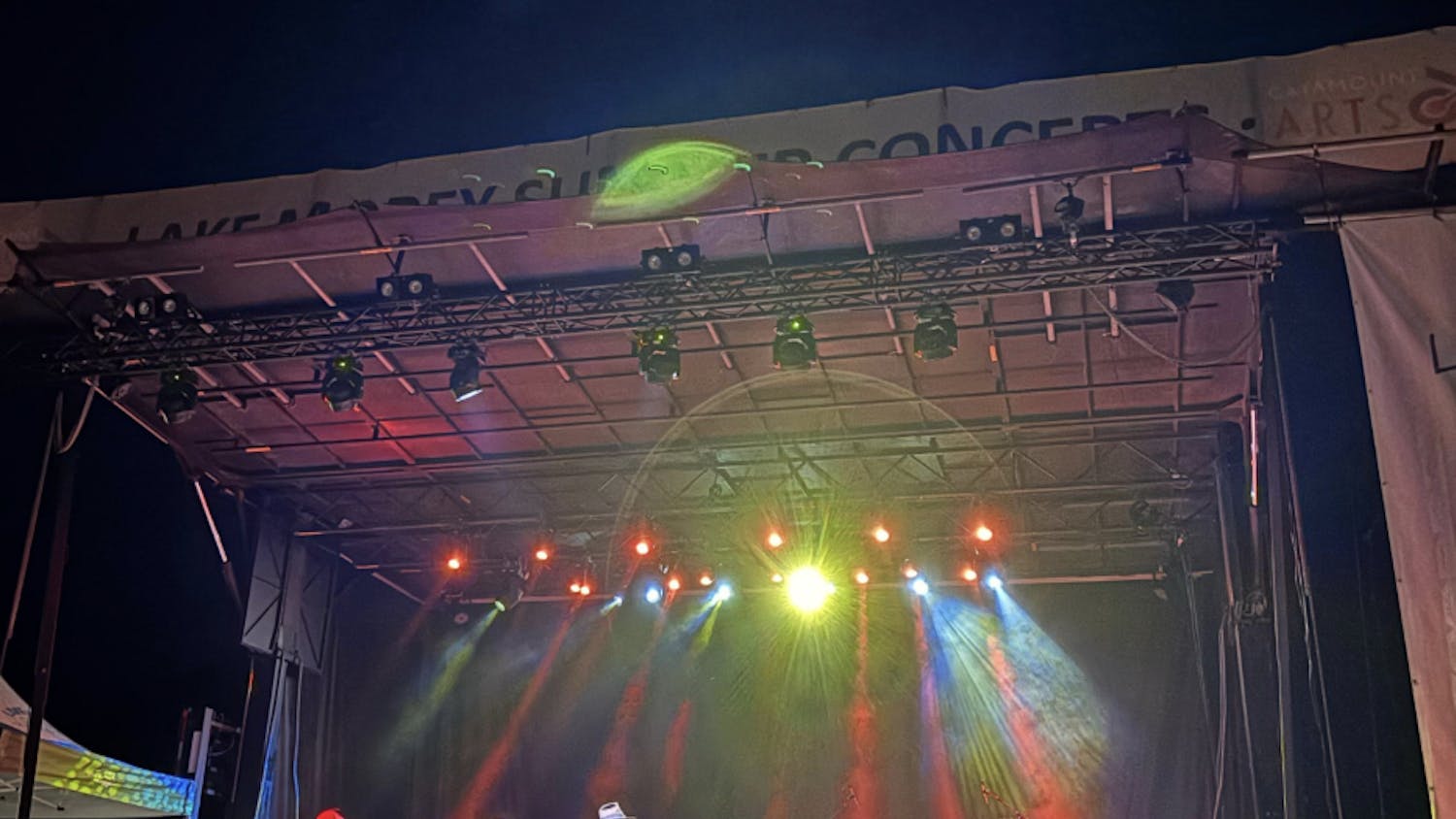It’s impossible to talk about Wes Anderson without describing his aesthetic. Ever since his second full-length film, “Rushmore” (1998), Anderson has created a fantastical style that looks like it was ripped from the pages of a storybook. Though his aesthetic has evolved throughout the years to become even more stylized, it has remained distinctly “Wes,” rendering many of his films instantly recognizable to viewers.
It would not be a stretch to say that Anderson’s entire previous filmography has worked up to “The Grand Budapest Hotel” (2014). Set in 1930s Europe, specifically in a fictional country named Zubrowka, “The Grand Budapest Hotel” centers on the interactions between the concierge of the titular hotel, Monsieur Gustave (Ralph Fiennes) and his protégé, Zero Moustafa (Tony Revolori). When Monsieur Gustave is framed for the murder of his former lover and frequent hotel guest Madame D. (Tilda Swinton), he enlists Zero to help prove his innocence and save him from a trailing assassin (Willem Dafoe).
In contrast to Anderson’s previous film, “Moonrise Kingdom” (2012), “The Grand Budapest Hotel” channels more influence from 1930s screwball comedies, though it’s clearly an Anderson film. The miniatures and stop-motion animation from “Fantastic Mr. Fox” (2009) make an appearance, as does the framing device from “The Royal Tenenbaums” (2001). But this time, the layers to the frame are amplified; the film takes place in a book based on a story told to the author (Jude Law) by an older Zero (F. Murray Abraham).
Speaking of Abraham, “The Grand Budapest Hotel” uses a technique taken from “Amadeus” (1984) where all of a film’s actors speak in their normal accents, even though the story is set in Eastern Europe. While this device may feel jarring in another film, Anderson manages to make these deliberate anachronisms endearing.
Like any filmmaker with a trademark style, Anderson needs to keep evolving or risk becoming stagnant, a fear that he has commented on in the past. In “The Grand Budapest Hotel,” shockingly violent beheadings, throat slashing, amputations and animal cruelty pass through the screen willy-nilly, separating the film from Anderson’s recent work. Not since “The Royal Tenenbaums” has the filmmaker integrated so much macabre, though it’s with good reason, as the film takes place in the years leading up to World War II. However, this is offset by elements of lightness and play. The viewer can expect telltale Anderson whimsy, like a prison escape organized by inmates who use miniature sledgehammers and pickaxes smuggled past the guards in dainty pastries.
The cast of “The Grand Budapest Hotel” is a testament to the wonderful world Anderson is able to conjure out of thin air. Respected thespians are willing to prostrate themselves in front of the master for a chance to jump in. New to the Anderson cavalcade, Fiennes lets his hair down, so to speak, to play the impulsive Gustave, while Revolori looks happy to be there (as he should be). What does this mean for Anderson going forward? It’s hard to tell. Anderson has managed to embody the true definition of an auteur – his films are instantly recognizable and yet unique, each a gem of its own variety.
Rating: 8.4/10
“The Grand Budapest Hotel” is currently playing at the Nugget.



